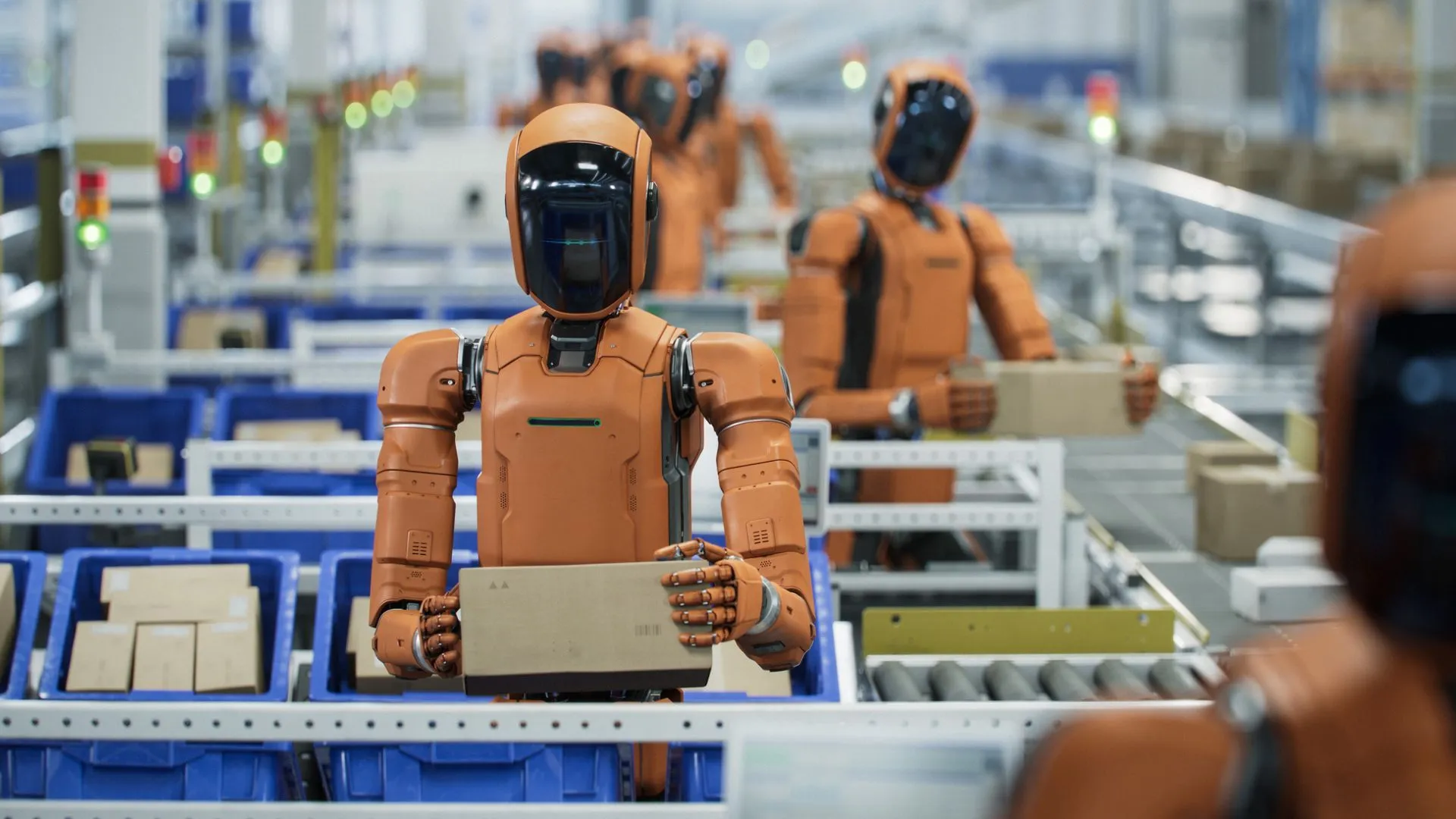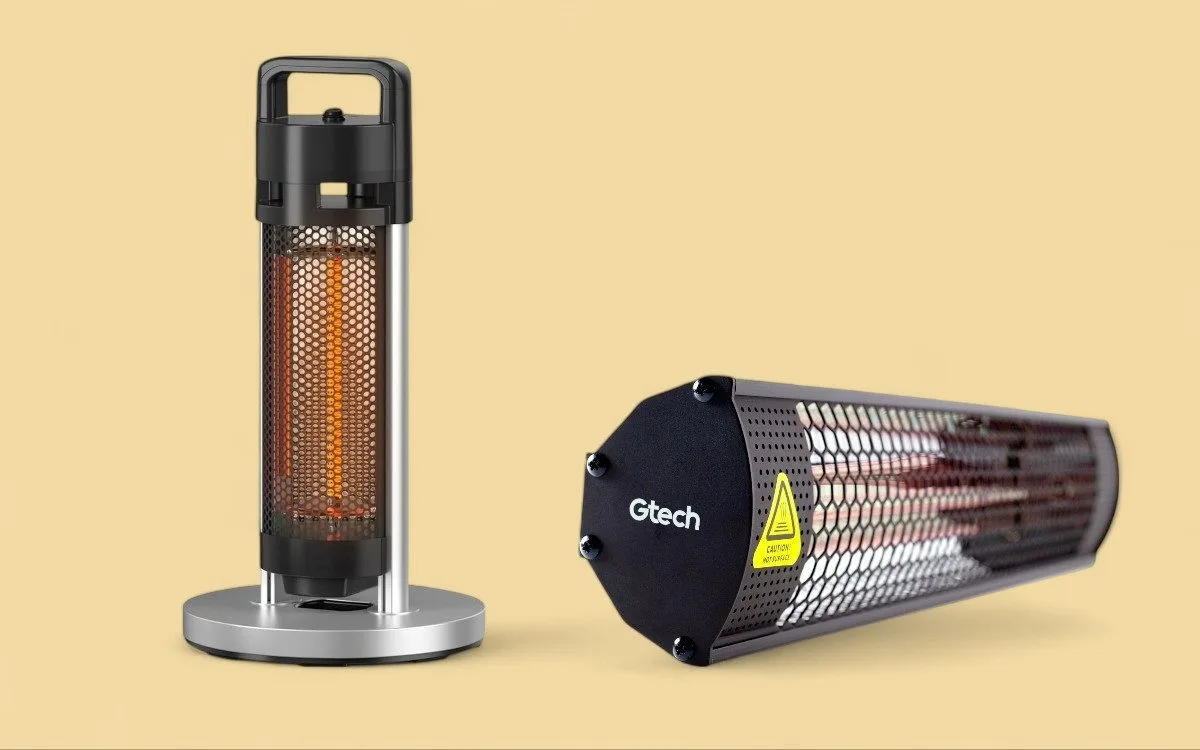
Developed by South Korea’s Daegu Gyeongbuk Institute of Science and Technology (DGIST), the tech models the “spread and forgetting of social issues.”
The robots could distinguish between important, real-time obstacles and unnecessary, outdated information using this human-like forgetting method.
“We have mimicked the social principle of forgetting unnecessary information while retaining only important information to enable efficient movement. This study is significant in that it shows how Physical AI is evolving to resemble human behavior,” said Professor Kyung-Joon Park, the study author, in the press release on September 29.
Overcoming obstacles in movement
Autonomous Mobile Robots (AMRs) are vital for automation in various fields, including logistics and manufacturing.
However, unexpected obstacles often hinder the robot’s movement in these real-world operations.
Robots are typically trained to adjust paths when they encounter obstacles, such as forklifts or misplaced cargo. However, the machine’s inability to forget means it continues taking unnecessary detours even after the blockage is gone.
Hence, it diminishes productivity in high-stakes environments like logistics centers and smart factories.
To overcome the challenge of inefficient routing, Professor Kyung-Joon Park’s team implemented a collective intelligence algorithm based on a human social phenomenon.
The algorithm mathematically models how certain information spreads rapidly and is gradually forgotten.
This modeling allows the autonomous robots to immediately share only key information, such as the location of a sudden obstruction.
Simultaneously, it naturally allows a robot to forget unnecessary, outdated details — like an obstacle that has since been cleared.
The researchers say the technique could optimise the machine’s “cooperative navigation” skills.
Route optimization and delay reduction could also lead to direct savings for companies in operating costs, power consumption, and equipment maintenance.
Performance gains and easy deployment
The team used the Gazebo simulator to test this model, which modeled a logistics center.
The results showed a clear performance upgrade compared to conventional ROS 2 navigation (Robot Operating System 2).
Interestingly, the average driving time was reduced by up to 30.1% and task throughput increased by up to 18.0%.
This technology could directly boost capacity and revenue for high-volume operations such as logistics and manufacturing.
The researchers noted that this achievement “demonstrates that robots are no longer merely machines that avoid obstacles; they are evolving into Physical AI systems that can comprehend social principles and operate autonomously.”
Another key strength is the technology’s high compatibility and ease of application.
It only requires 2D LiDAR with no additional sensors, lowering the hardware cost barrier.
Moreover, it is available as a ready-to-use plugin for the ROS 2 navigation stack.
This design can be directly integrated into autonomous navigation systems without equipment changes.
The benefit allows swift implementation in diverse industrial environments, including logistics robots, autonomous vehicles, and drone swarms.
Furthermore, the technology is expected to play a significant role in broader applications like smart city traffic management and large-scale exploration and rescue operations.
The findings were published in the Journal of Industrial Information Integration on September 10.



